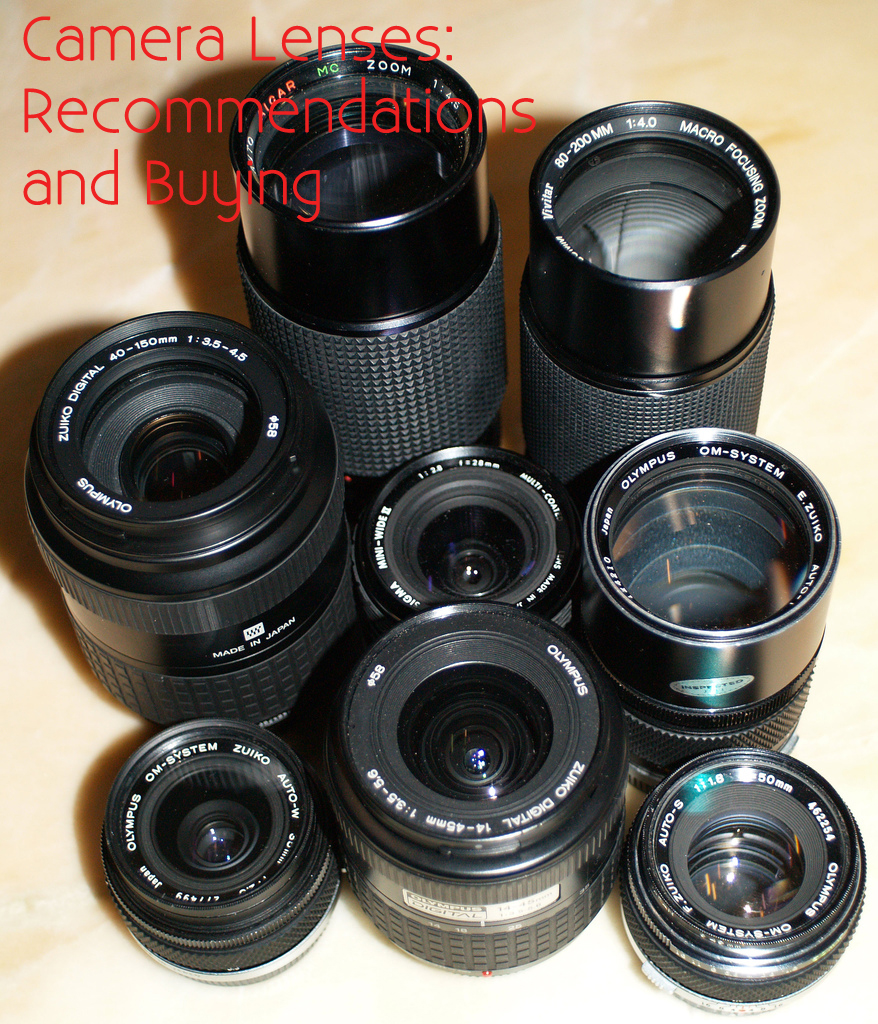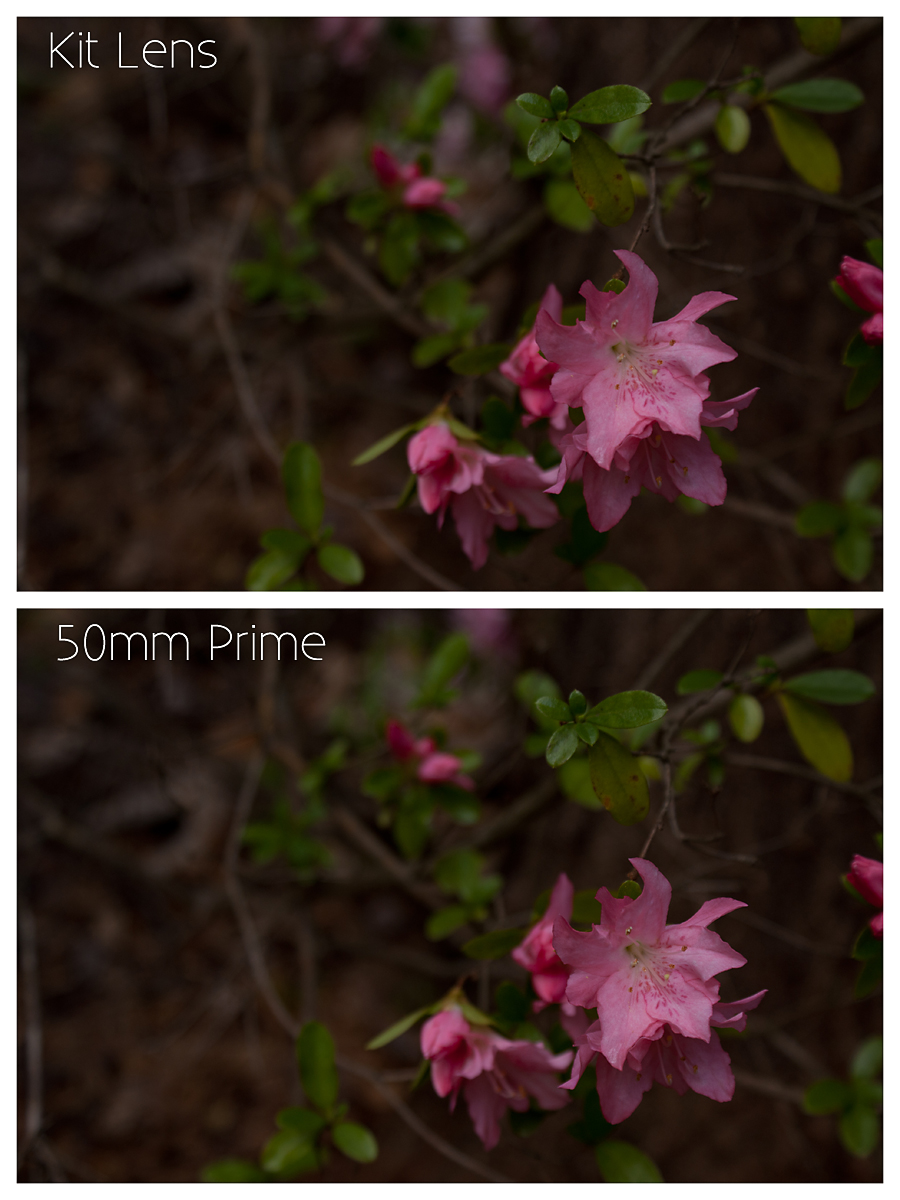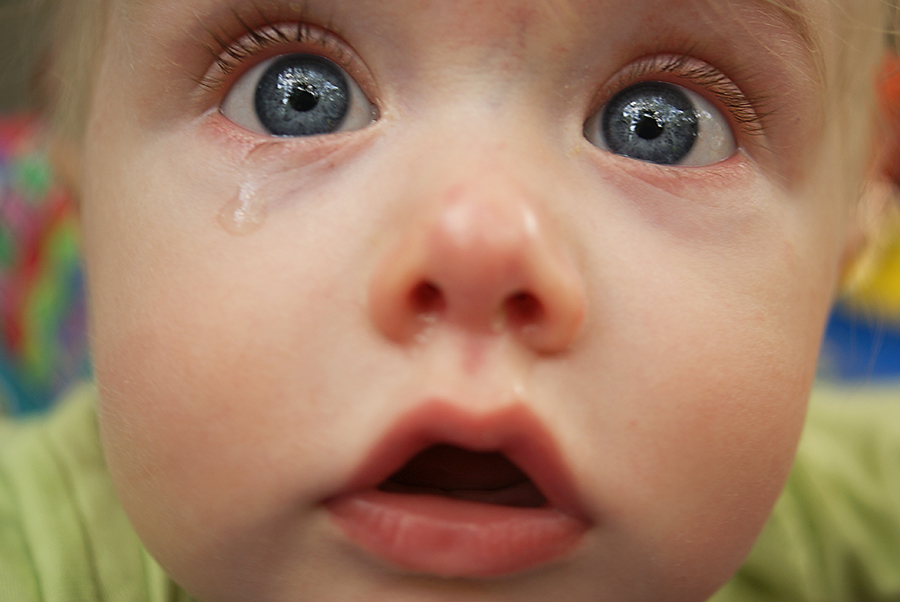04
2013Camera Lenses: Recommendations and Buying
There are so many choices when it comes to buying lenses that it’s almost overwhelming.
We’ve studied the difference between prime (fixed focal length) and zoom lens as well as the effects that focal lengths have on images. Hopefully, you have a sense for which focal lengths compliment your style/subjects as well as whether you crave zoom or prime lenses. In this post, we’ll learn about what additional factors you should consider before purchasing a new lens.
Why Your Lens is More Important than your Camera
As I’ve mentioned before, I’ve been using a SonyAlpha 200. The camera itself is a terrible professional camera. There is noise like crazy above ISO 400, the megapixels are only slightly better than a high-end Android or Iphone camera, and there are a ton of other limitations with this beginner grade camera body.
Yet, I’m shooting pro quality images on a camera most pros would consider just above the level of junk. How? I’m using quality prime (fixed focal length) lenses. We’ve already talked about how prime lenses are sharper than even the best zoom lenses and that’s a huge part of my success with this camera body. My lenses were all bought used or “open box”, yet each of them is far better quality than any ‘kit’ lens that might come with your camera.
So let me dust off my kit zoom lens (f/3.2-5.6 18-70mm zoom) and shoot the same scene with it and both my primes all other settings the same and let you compare the results.
Get real close to your monitor and look at the details in these two images. Especially with that top set of leaves and the speckling on the flower petals, do you see how the bottom image has more defined borders around these small parts? Do you see the difference between the veining in those top leaves?
Let’s explore some things you want to see in your lenses to make your investment count before you consider purchasing a new one.
Why Purchase a Fast Lens?
A fast lens is one who has a very wide aperture. Remember how wider apertures let in more light? When wide open, these lenses can capture an image with a much faster shutter speed than a lens with a wide open aperture of f/4 or so.
Aperture ranges from 1.2-2.8 are generally fast lenses. On a prime lens f/1.2 to f/1.8 is pretty standard as the fastest. On a zoom lens, usually the fastest you can get is f/2.8.
Fast lenses (especially the zooms) cost a fair bit more than their slower counter parts. Why is it worth it to spend more? Because creating an aperture that opens as wide as 2.8 is a very intricate process, fast lenses generally also have quality builds, quality glass, and a larger number of elements. Finally, apertures 2.8 and greater produce the beautiful blurred background bokeh that’s so popular.
What Lenses should I Invest in First?
I’m not a know it all in this area of lenses, but there are two lenses I would recommend as your first lens purchase after your kit lens depending on both your sensor size and your primary subjects (as discussed in our lesson on focal lengths).
I would recommend a 30mm or 35mm f/1.7 to f/2.8. All of the most popular SLR manufactures have one of these right around $200-300 new. On a crop sensor this focal length is about the same as what our eyes see naturally. Objects in your images will look roughly the same size as you perceive them to be in real life. It’s great for landscapes, half or full body portraits, group shots, smaller rooms, and some macro work (depending on your lens). I use my 30mm almost exclusively for newborn and macro imagery (because my 30mm is a macro lens). Sometimes I pull it out to capture toddlers who like to be near me when I photograph them and I use it frequently in homes where I need to be closer to my subject than I prefer because of the size limitations of the room.
The second lens I would recommend is a 50mm f/1.7 or f/1.8. This lens runs from about $150-200 new. On a crop sensor this is more zoomed in than your normal vision. This is a fantastic lens for capturing details, portraits of 1-4 people, closer landscapes, and for avoiding distortion in portraits. I use my 50mm to put some distance between myself and portrait subjects most frequently (No adult wants me 2-3 feet away for a head shot… that’s just uncomfortable). However, of my two lenses it’s the faster one… so I also pull this one out whenever my lighting drop is very minimal as well as for the yummy bokeh that the f/1.7 aperture creates .
Either of these two lenses will give you a feeling for “focusing on your feet” with a prime lens as well as the difference between a fast and slow lens. Additionally, you’ll get a feel for whether you would eventually prefer a wider or more telephoto focal length; and if you love the focal length, you’ll learn that you’re willing to invest in the pricier f/1.2 or f/1.4 version of that lens.
At the end of this post I’ll feature affiliate links to these two lenses on Amazon for you to look at by your specific manufacturer. As a full disclosure: I wouldn’t recommend these lenses if I hadn’t done the research on them (or used them) and I only receive money from these links if you purchase something while on Amazon.
If you have a ton of extra cash flow or have both of the above lenses, the following are lenses are what I would recommend you researching and choosing between based on the images you most enjoy creating.
Prime Lenses:
24mm f/1.4 up to f/2.8
85mm f/1.2 up to f/2.8
90mm or 100mm Macro f/2.8
Zoom Lenses (these cost more than the average camera body! eek!):
24-70mm f/2.8
70-200 f/z.8
Where Can I get Quality Lenses?
First, here’s a handy Cheat Sheet on reading the number on your lenses before your purchase.
Next, I’d recommend staying with your camera manufacturers lenses with a few exceptions. Tamron and Sigma make pretty good zoom and fixed focus Macro lenses that are compatible with the top three (Canon, Nikon, Sony, and sometimes Olympus). Also, one of the deciding factors in purchasing Sony for me was that I could purchase extremely inexpensive and high quality used Minolta Auto Focus lenses. For Sony users this is sometimes very lucrative: I bought my 50mm f/1.7 for $50. (There’s my one and only Sony plug. Ha!).
You can purchase lenses new at a local shop (call first for availability), your camera’s manufacturer website, or Amazon.
However, I’d highly recommend shopping used especially for the 30 or 35mm or 50mm. You can often save quite a bit buying used or ‘open box’ and sacrifice very little on quality (you might find marks on the outside of the lens, for example). Some used stores even give free warranties. Stay in the like new to excellent- categories to make sure you don’t have problems. I struggle with sites like Ebay, especially if the seller is out of the country and doesn’t offer a money back guarantee. However, I have purchased from Craigslist (and would again): bring your camera and your laptop if you own one for a bigger view of the images, and meet in a public place. A little research may also find manufacturer-specific enthusiast forums with private buy/sell/trade areas and for those looking for something specific forums might be well worth the try (I just bought an a77 camera body off a Sony Specific forum!).
If you’re going used (most have new as well) online, try the following sites (not affiliate links):
What Should I look for in Buying Used?
If you’re taking the chance on a used lens not from one of these reputable sites (maybe from Ebay, Craigslist, a forum, or a personal friend), make sure to evaluate then lens as soon as you get it. Here’s a very basic list of what to look for:
- Lens outside may have some scratches or surface wear but no dings or dents which would indicate a fall.
- Nothing should rattle around inside the lens.
- Zoom lenses should zoom smoothly without catching.
- Aperture should stop down and up throughout the full range. Check images on your LCD screen after you’ve taken them. Your focusing screen will always show the wide open aperture unless you’re using a DSLT, but I’d still check on the screen even if I did have a DSLT. Better yet, upload the images to a computer to evaluate if you can.
- Front and back glass should be free from scratches or haziness on visual inspection. Some dust like spots are okay and shouldn’t effect your lens quality.
Final Thoughts On Lenses
Find what you love and use it. Some of you will find you’re a prime lens lover. Others will prefer a zoom lens. Some of you might like a little of both. That’s okay! Enjoy learning situations that call for a certain type of lens (zooms for a wedding party) or certain focal lengths (18-24mm for a very wide view).
Play with lens distortion for fun. I love this old snap of Sedryn simply because the lens distortion makes it that much more hysterical (or pitiable if you’re a more compassionate type)!
Oh, and it’s worth it to rent an expensive lens before purchasing it for yourself!
Specific Lens Recommendation Links
In alphabetic order so no particular manufacturer enthusiast gets their feelings hurt :-p (and including Pentax with the big three because one of our classmates shoots Pentax). With Canon and Nikon some lenses are only functional on a crop sensor. Most of you will do fine with that lens, but if the idea of ever upgrading to a full frame sensor camera appeals to you, do your research and order the lens compatible with a full frame camera body. I think most of the following are crop-specific lenses… but I’m not really sure.
Canon
Canon EF 35mm f/2
Canon EF 50mm f/1.8
Nikon
Nikon 35mm f/1.8G AF-S
Nikon 50mm f/1.8D AF Nikkor Lens
Nikon 50mm f/1.8G AF-S NIKKOR FX
Pentax
Pentax 21987 DA 35mm f/2.4
Pentax DA 35mm f2.8 Macro Lens
Pentax DA 50mm f1.8 lens
Sony
Sony 30mm f/2.8 Macro (I have this one)
Sony 35mm f/1.8
Sony 50mm f/1.8
Minolta 50mm f1.7 AF Lens (I have this one)
Let me know if these recommendations help you (or your spouse… hint hint) make a purchase.




